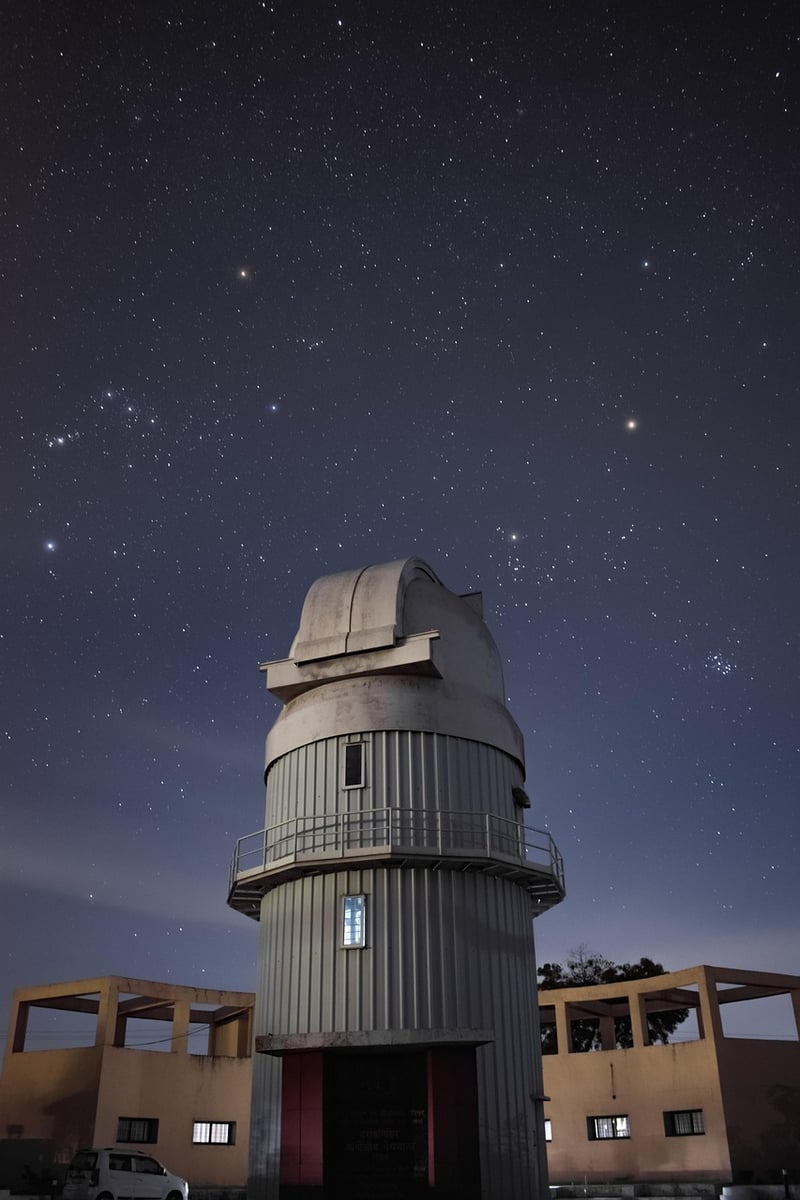Astrobiology Tools
The Future of Astrobiology: Cutting-Edge Advancements and Tools

Astrobiology, the study of life in the universe, is an exciting and rapidly evolving field that combines elements of biology, chemistry, physics, and astronomy. Researchers in astrobiology are constantly pushing the boundaries of scientific knowledge and developing cutting-edge tools to explore the possibility of life beyond Earth.
Advancements in Astrobiology
Recent advancements in astrobiology have revolutionized our understanding of the cosmos and the potential for life elsewhere. From the discovery of exoplanets in the habitable zone of distant stars to the detection of complex organic molecules in space, scientists are uncovering tantalizing clues that suggest we are not alone in the universe.
1. Exoplanet Research
With the development of powerful telescopes such as the James Webb Space Telescope, astronomers can now study the atmospheres of exoplanets in unprecedented detail. By analyzing the chemical composition of these distant worlds, researchers hope to identify signatures of life, such as oxygen or methane.
2. Life Detection Techniques
New technologies, such as next-generation DNA sequencing and miniature laboratory instruments, are enabling scientists to search for signs of life in extreme environments on Earth. These techniques could be adapted for future missions to Mars or icy moons like Europa and Enceladus.
Tools of Astrobiology
Exploring the possibility of life beyond Earth requires specialized tools and instruments designed to withstand the harsh conditions of space. Here are some of the cutting-edge tools used by astrobiologists:
1. Mass Spectrometers
Mass spectrometers are essential tools for analyzing the chemical composition of samples from other planets or moons. These instruments can detect organic molecules, isotopes, and other compounds that may indicate the presence of life.
2. Raman Spectroscopy
Raman spectroscopy is a powerful technique for identifying minerals and organic compounds based on their molecular vibrations. This non-destructive method can provide valuable insights into the composition of rocks and soils on other worlds.
3. Microfluidic Lab-on-a-Chip
Microfluidic lab-on-a-chip devices are miniaturized laboratories that can perform complex chemical analyses with tiny amounts of sample. These portable instruments could be used on future space missions to quickly detect biomarkers or signs of life.
As technology continues to advance, astrobiologists are poised to make even more groundbreaking discoveries in the search for life beyond Earth. By leveraging cutting-edge advancements and innovative tools, researchers are inching closer to answering one of humanity's most profound questions: Are we alone in the universe?
Image Source: Pixabay
